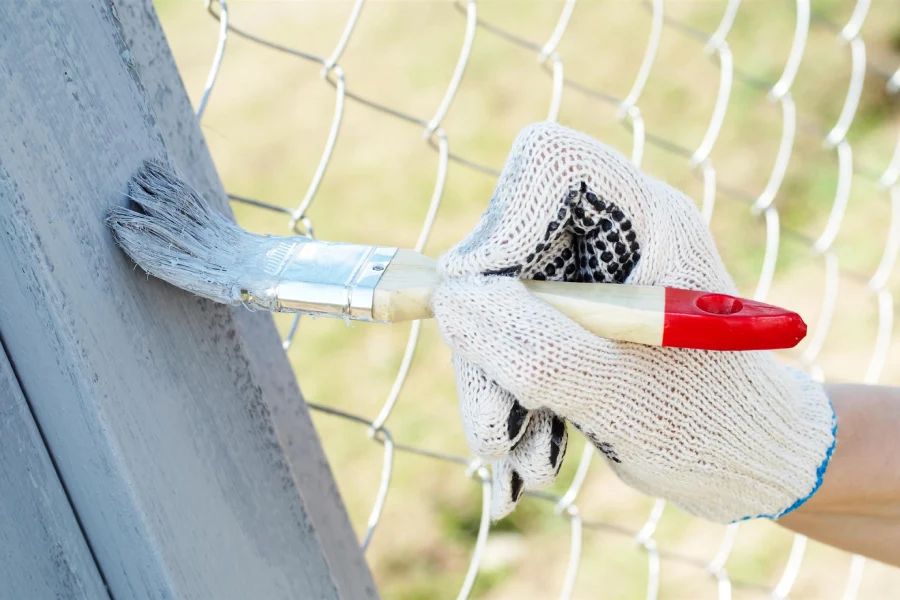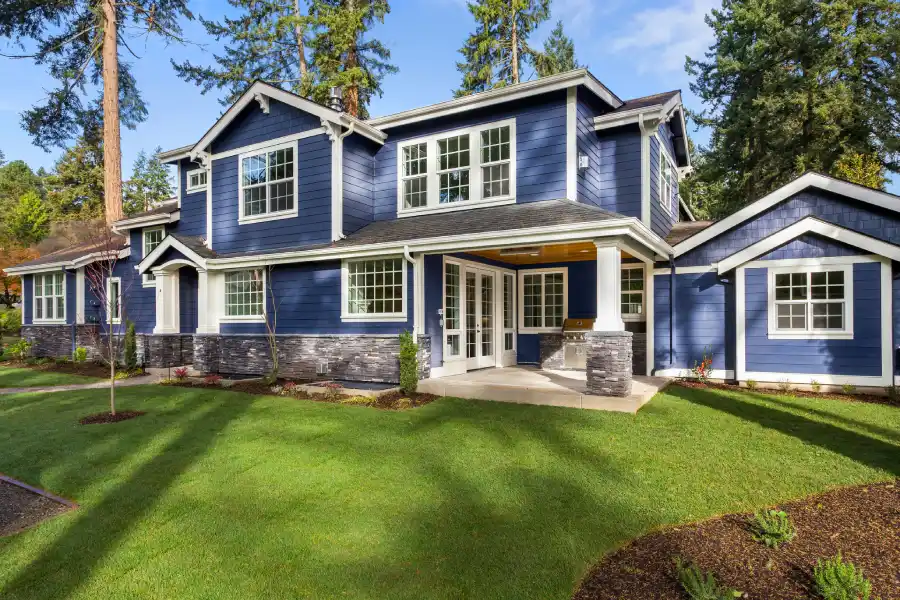Understanding the Impact of Weather on Paint Projects
When you plan a painting project for your home, the weather plays a crucial role in its success. Various weather conditions can significantly impact how paint adheres to surfaces and how well it lasts. By understanding these effects, homeowners can make informed decisions that enhance the durability and appearance of their painted exteriors.

The Importance of Temperature in Paint Application
Temperature is one of the most critical factors affecting exterior painting. Both extreme cold and excessive heat can hinder the paint’s ability to adhere properly. When temperatures are too low, paint may not dry or cure correctly, leading to poor coverage and finish. On the other hand, high temperatures can cause the paint to dry too quickly, resulting in uneven application. Therefore, it’s essential to select mild weather periods for painting projects, ideally between 50°F and 85°F, to ensure optimal results.
Humidity Levels and Their Effect on Paint
Humidity levels play another significant role in determining the success of exterior painting. High humidity slows down the drying process, which can lead to issues like sagging or dripping. Conversely, very low humidity might cause the paint to dry too fast, increasing the risk of cracks. Striking a balance is key; moderate humidity levels allow for smooth and even paint application.

Wind and Its Role in Paint Application
Windy conditions pose unique challenges when it comes to painting outdoor surfaces. Strong winds can blow dirt and debris onto wet paint, creating imperfections. Additionally, wind speeds up evaporation rates, causing paint to dry quicker than desired. This often results in an inconsistent finish. To combat these problems, choose days with calm or light breezes to achieve a pristine paint job.
The Complications of Rain During Painting
Rain is perhaps the most obvious enemy of a successful painting project. Moisture from rain can wash away fresh paint or prevent it from adhering properly. It’s crucial to avoid painting right before or during rainfall. Instead, wait for clear skies and ensure the surface is completely dry before starting. A wet surface will compromise the bond between the paint and the building material.
Using Technology to Predict Ideal Painting Days
Thanks to modern technology, predicting suitable weather conditions for painting has become more accessible than ever. Numerous applications and websites provide reliable forecasts that help homeowners schedule their projects around favorable weather patterns. These tools offer insights into temperature fluctuations, humidity levels, and anticipated precipitation, making it easier to pick the best days for exterior work.
Troubleshooting Common Weather-Related Paint Problems
- Bubbles: Can form if there’s moisture under the painted surface.
- Chalking: Occurs when paint fades due to sun exposure.
- Peeling: Often happens when paint does not adhere well due to moisture.
Final Thoughts on Planning Your Next Project
Planning ahead is key to a successful painting project. Consider all weather elements – temperature, humidity, wind, and rain – as they directly influence the outcome of your efforts. Using quality materials and employing professional techniques also significantly improve results. Located in Clarkston, GA, our team at C&M Painting Solutions specializes in providing expert guidance for all your painting needs. Don’t hesitate to contact us at (404) 617-1691 for advice tailored to your specific situation.
 C&M Painting Solutions
C&M Painting Solutions